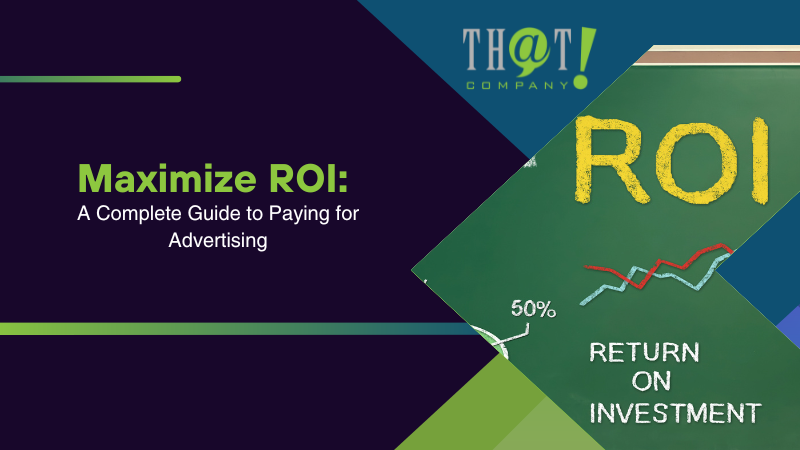
Paying for advertising can quickly increase your business’s visibility and revenue. This article covers everything you need to know about it – from types and benefits to crafting effective campaigns and optimizing your budget. Dive in to learn how to maximize your advertising spend and achieve your marketing goals.
Key Takeaways
- Paid advertising boosts visibility and allows for targeted outreach to specific audiences, driving traffic and revenue quickly.
- Crafting successful ad campaigns involves setting SMART goals, engaging visuals, and thorough audience targeting to enhance performance.
- Emerging trends like AI-driven strategies and video ads are shaping the future of paid advertising, offering new ways to optimize campaigns and engage customers.

Understanding Paid Advertising
Paid advertising encompasses any promotional activities that involve monetary bids or sponsorships to enhance ad visibility. This digital marketing model allows businesses to bid for ad placements, ensuring their messages reach a broader audience faster than traditional methods. Keywords are tailored to match user search intent, making ads highly relevant and effective.
Paid ads appear across various platforms, from Google search results to social media, driving traffic and revenue quickly. The ultimate goal is to achieve the most clicks at the lowest cost-per-click (CPC), making this approach crucial for businesses aiming to generate leads and grow revenue swiftly.

Key Benefits of Paying for Advertising
The benefits of paid advertising are numerous and impactful. Firstly, it significantly increases brand visibility, ensuring your ads are seen by a larger audience than organic methods could achieve. Paid ads allow for precise targeting, reaching specific segments most likely to convert.
Moreover, paid advertising provides measurable results, enabling businesses to track user actions and optimize campaigns accordingly. This method often yields faster returns on investment by quickly attracting potential customers, making it a vital component of any comprehensive digital marketing strategy.

Types of Paid Advertising Channels
Paid advertising channels come in various forms, each catering to different marketing strategies. These include search engine advertising, social media advertising, and display advertising. Each channel offers unique benefits and can be tailored to specific business goals.
Broadcasting messages across multiple platforms maximizes engagement and broadens audience reach. Whether it’s high-intent purchasers on Amazon or wide-reaching display networks like Google’s, selecting the right channel is key to a successful campaign.
Search Engine Advertising
Search engine advertising focuses on placing search ads in paid ads in search results, with businesses bidding on relevant keywords. This method uses cost-per-click (CPC) or cost-per-thousand impressions (CPM) billing, ensuring ads appear when users search for specific terms in search engines. Long-tail keywords, though having lower search volumes, offer higher intent, making them valuable for targeting.
Platforms like Bing Ads allow placements in top positions and sidebars, enhancing visibility. Granular targeting options, including demographics and user intent, make search engine advertising a powerful tool for driving traffic and conversions.
Social Media Advertising
Social media advertising uses platforms such as Facebook, Instagram, LinkedIn, and Twitter to reach large audiences. Businesses can utilize various ad formats, such as carousel ads, video ads, and sponsored posts, to engage users. For instance, Facebook ads can be targeted based on likes, demographics, and competitor activity, offering precise audience engagement.
Instagram offers Shoppable posts, enabling conversions within the app. LinkedIn is ideal for targeting professionals, while Pinterest and Reddit provide customizable targeting options.
Social media ads’ versatility in ad formats and targeting makes it a vital component of modern digital marketing.
Display Advertising
Designed to capture attention across various websites, banner ads and native ads are key components of display advertising. These ads come in various formats, including images, graphics, animations, and videos, commonly known as banner ads.
Native ads blend with site content, performing well because they are less intrusive and align with the website’s branding. Sponsored posts are one example of native ads. Infographics also fall under this category. These ads enhance visibility on blogs and news sites, making them a valuable addition to any advertising strategy.
Platforms like Google Ads and ad platforms offer both display and text ads in ad space, allowing for versatile and effective advertising campaigns.

Key Benefits of Using That! Company’s White Label PPC Management
Utilizing That! Company’s white label PPC management services offers numerous benefits for agencies. Accessing specialized skills and expertise enhances campaign performance without the need for in-house training. This approach saves time and costs, allowing agencies to manage increased client demands efficiently.
White label PPC services provide scalability, enabling agencies to grow without additional overhead. Moreover, agencies can maintain brand consistency while outsourcing management tasks, ensuring high-quality results and bolstering their reputation.
This comprehensive service ensures agencies deliver top-notch performance to their clients, fostering long-term relationships and client retention.

Crafting Effective Paid Advertising Campaigns
Creating successful paid advertising campaigns requires careful planning and goal setting. Defining SMART goals—Specific, Measurable, Achievable, Relevant, and Time-bound—is essential for measuring success. Partnering with a white label agency allows businesses to streamline their advertising efforts while focusing on their core strengths. Tailoring your advertising plan to your business’s specific needs and maximizing ad performance can significantly enhance results.
Engaging ad copy, persuasive visuals, and effective landing pages play crucial roles in capturing your audience’s attention and driving conversions. Focusing on one or two advertising channels based on thorough audience research can further optimize campaign effectiveness.
Setting Advertising Goals
Setting clear advertising goals is the foundation of any successful campaign. Using the SMART framework ensures that goals are Specific, Measurable, Achievable, Relevant, and Time-bound. This approach allows for precise measurement and optimization of strategies, making it easier to track progress and make necessary adjustments.
Defining specific objectives helps determine the types of ads to use and guides the overall campaign direction. Establishing a marketing budget aligned with these goals is also crucial for effectively allocating resources and reaching business objectives.
Audience Targeting Strategies
Audience targeting is a critical aspect of paid advertising, helping brands reach those most likely to be interested in their offerings. Conducting market research to understand your target audience’s demographics, interests, and behaviors is essential. Using demographic data like gender, age, and location, along with psychographic insights into customer motivations, allows for precise ad targeting.
AI enhances this process by analyzing vast amounts of data to understand consumer preferences, enabling more effective ad targeting. Adjusting targeting parameters based on ad performance can lead to better results and optimized ad spend.
Creating Compelling Ad Copy and Visuals
Creating engaging ad copy and visuals is vital to capturing your audience’s attention. A clear call-to-action (CTA) drives conversions by guiding users to take specific actions. High-quality visuals and videos should be consistent with your brand messaging and follow principles of engagement and timeliness.
A/B testing different versions of your ads, including copy, CTAs, and images, helps identify the most effective elements. This ongoing process ensures continuous improvement of your ads, maximizing conversions and overall campaign performance.

Budgeting and Bidding Strategies
Effective budgeting and bidding strategies are crucial for maximizing your ad spend. A paid ad specialist can assist with setting a budget, planning a strategy, and creating customized ads. Regularly checking advertising results helps evaluate performance and make necessary adjustments.
A dedicated account manager can provide insights into the status of your PPC ad campaigns and ad spend, ensuring efficient budget utilization. These strategies help businesses achieve their advertising goals while minimizing costs and maximizing ROI.
Determining Your Ad Budget
Determining your ad budget involves establishing clear goals and aligning them with your desired ROI. For instance, if your goal is to acquire 50 leads with a profit of $1,000 per customer, your budget should be no higher than $10,000.
Starting with a small budget and scaling gradually is recommended. Focusing on a single platform initially can help maximize budget effectiveness.
Setting clear performance metrics before launching campaigns helps monitor ad spend and ensures efficient use of the budget. This strategic approach ensures that every dollar spent contributes to achieving your business objectives.
Choosing the Right Bidding Strategy
Choosing the right bidding strategy is essential for optimizing your ad spend. Common strategies include cost-per-click (CPC) and cost-per-thousand impressions (CPM). The quality of your ad plays a crucial role in the bidding process, influencing whether it is shown in the auction. Factors like click-through rates, ad relevance, and landing page relevance affect your Quality Score, impacting visibility and performance.
AI-driven bidding strategies automate bids based on real-time data, optimizing ad spend and maximizing ROI. Automation and AI tools streamline the bidding process, enabling advertisers to focus on other aspects of their campaigns.
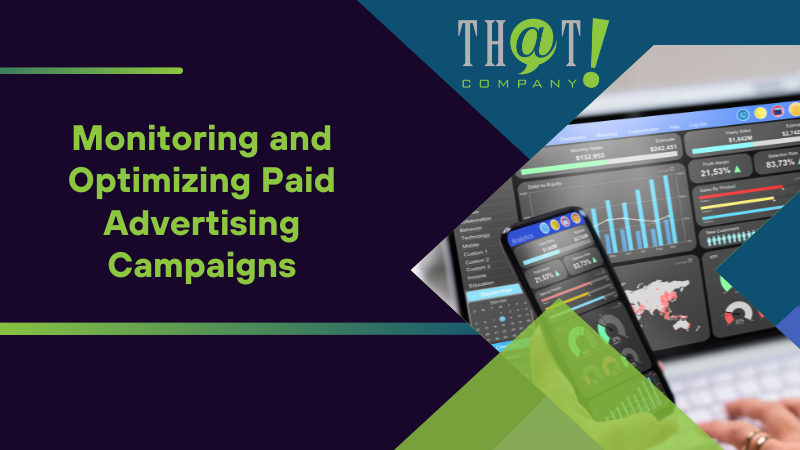
Monitoring and Optimizing Paid Advertising Campaigns
Tracking and optimizing your paid advertising campaigns is necessary for reliable data and improving future efforts. Regularly reviewing ad performance helps identify successful strategies and areas needing adjustment. Measuring outcomes through metrics like sales and customer engagement enables businesses to evaluate effectiveness and optimize campaigns based on performance data.
This continuous process ensures that advertising efforts remain effective and aligned with business goals, driving consistent results.
Using Analytics Tools
Using analytics tools is critical for tracking the performance of online advertising campaigns. Tools like Google Analytics provide insights into visitor behavior, helping businesses understand how users interact with their ads. Platforms like Google Ads and Facebook Pixel are essential for implementing effective remarketing campaigns by tracking user actions.
Most advertising platforms offer tags or pixels that enable the tracking of ad results, providing valuable data for optimization. By utilizing platform-specific insights, businesses can enhance their understanding of audience behavior and ad effectiveness, ensuring efficient ad spend management and improved campaign performance through paid advertising platforms.
A/B Testing and Optimization
A/B testing is a powerful method for optimizing ad campaigns. By comparing different versions of an advertisement, businesses can identify which variations resonate most with their audience. This process involves testing new copy, CTAs, and images regularly to refine messaging based on what works best.
Ads can be optimized manually by addressing underperforming elements or automatically through platform algorithms. Continuous A/B testing helps improve click-through rates and conversions, ensuring that ads remain effective and engaging.
That! Company continuously tests and optimizes pay-per-click campaigns to achieve high performance through compelling ad copy and effective landing pages.
Measuring ROI and Performance
Measuring ROI and performance in paid advertising involves tracking key performance indicators such as click-through rates, conversion rates, and customer acquisition costs. Conversion rates are particularly important for evaluating the success of ad campaigns.
Calculating ROI requires tracking both immediate and long-term conversion metrics, comparing the lifetime value (LTV) of customers to the cost per acquisition (CPA). Optimizing landing pages to align with ad messaging can enhance conversion rates and overall performance.
Effective tracking of all advertising activities facilitates ongoing measurement and adjustments, ensuring that advertising efforts yield the best possible results.

Common Challenges and Solutions in Paid Advertising
Paid advertising comes with its own set of challenges, but effective solutions can turn these obstacles into opportunities. From dealing with ad fatigue to managing ad spend and handling poor ad performance, understanding these challenges is crucial for optimizing campaigns.
By identifying the common issues and implementing strategic solutions, businesses can maintain high engagement, control costs, and improve ad effectiveness.
Dealing with Ad Fatigue
Ad fatigue occurs when an audience sees the same ad too frequently, leading to diminished engagement and increased costs. To combat ad fatigue, it’s essential to regularly refresh ad creatives and rotate different ad formats.
Keeping content fresh and engaging maintains audience interest and prevents ad fatigue. This strategy ensures that ads remain effective and continue to drive desired results.
Managing Ad Spend Effectively
Poorly managed paid advertising campaigns can lead to high costs with minimal returns. By offering free audits of PPC campaigns, agencies can build trust and credibility with clients, ensuring efficient use of their ad budgets.
Regular monitoring and adjusting of ad spend based on performance data helps avoid unnecessary expenses and maximize ROI. This proactive approach to managing ad spend is crucial for achieving advertising goals within the allocated budget.
Handling Poor Ad Performance
Handling poor ad performance involves identifying the root causes and implementing corrective measures. Targeting customers who are not actively looking for something new can result in less effective display ads. To address this, businesses should adjust their targeting strategies and creatives to better align with audience needs and interests.
Regular performance reviews and optimization efforts help improve ad effectiveness and ensure that campaigns deliver the desired outcomes.

Leveraging Retargeting and Remarketing
Retargeting and remarketing are powerful strategies for maintaining customer interest and increasing conversions. By displaying ads to users who have previously visited a site but did not make a purchase, businesses can remind them of their products or services. This approach captures potential customers based on their actions, allowing brands to reconnect with those who showed initial interest.
Retargeting enhances brand recognition and often leads to higher ROI due to the familiarity of the audience with the brand.
Benefits of Retargeting
Retargeting is highly effective because it targets users who have previously engaged with a website, indicating prior interest in the brand. This strategy allows marketers to gather valuable insights into consumer behavior, optimizing ad campaigns accordingly. Continuous reminders through retargeting enhance brand recognition, as consumers typically need multiple interactions before converting.
As a result, retargeting often leads to a higher return on investment, making it a more targeted and efficient advertising approach compared to general advertising.
Implementing Remarketing Campaigns
Implementing remarketing campaigns involves retargeting across multiple platforms for maximum impact. Retargeted ads can be shown on platforms such as Google Ads and Facebook, ensuring broad reach and consistent engagement. Leveraging these platforms maintains visibility and reconnects with potential customers who previously showed interest.
This multi-platform approach enhances the effectiveness of remarketing efforts, driving higher conversions and improving overall campaign performance.

Future Trends in Paid Advertising
The future of paid advertising is being shaped by emerging trends and technologies. AI and machine learning are becoming pivotal in targeting, bidding strategies, and personalizing ad experiences. These advancements are reshaping the digital landscape, making it essential for advertisers to adapt to stay competitive.
As AI continues to evolve, its role in optimizing advertising efforts will only grow, offering new opportunities for businesses to enhance their campaigns and achieve better results.
AI-Driven Advertising
AI-driven advertising is transforming the way businesses approach their campaigns. Analyzing user data with AI algorithms enhances targeting accuracy, ensuring ads reach the most relevant audiences. AI-driven bidding strategies automate bids based on real-time data, optimizing ad spend and maximizing ROI. This automation allows advertisers to focus on other aspects of their campaigns while ensuring efficient budget utilization.
As AI continues to advance, its impact on advertising will become even more significant, offering new ways to personalize ad experiences and improve campaign performance.
Video and Interactive Ads
As audience engagement becomes increasingly important, video and interactive ads are gaining traction. Placed on TV, social media, streaming platforms, and websites, video ads help boost brand awareness, drive traffic, and increase sales.
Interactive ad formats, allowing viewers to engage dynamically with the content, result in higher engagement rates. Businesses are also adopting shoppable video ads, enabling viewers to make purchases directly from the ad. These formats enhance the brand experience and drive higher conversions, making them essential components of modern advertising strategies.

Summary
Maximizing ROI through paid advertising involves understanding the various channels, setting clear goals, targeting the right audience, and continuously optimizing campaigns. By leveraging advanced strategies such as AI-driven bidding and interactive ads, businesses can enhance their advertising efforts and achieve better results. With the right approach, a white label partnership can help agencies scale their services, drive traffic, increase conversions, and grow revenue. Apply these insights to your advertising strategies and watch your business thrive in the competitive digital landscape.

Frequently Asked Questions
What is the return on investment for PPC campaigns?
PPC campaigns can really pay off, with potential returns hitting around 4,381%. It’s definitely worth considering if you’re looking to boost your business!
What platforms are popular for running white label PPC campaigns?
For white label PPC campaigns, Google Ads and Microsoft Advertising are top picks, along with social media platforms like Facebook, Instagram, and LinkedIn. These options give you a solid way to reach your audience!
What key components are essential for successful PPC campaigns?
For successful PPC campaigns, focus on careful planning, precise targeting, and continuous optimization. Nail these components, and you’re on the right track!
How can agencies enhance client relationships using white label PPC services?
Agencies can boost client relationships by using white label PPC services to diversify their offerings and build trust through credibility and free audits. It’s all about adding value and showing clients you’ve got their back!
Does That! Company outsource its PPC management services overseas?
Nope, That! Company keeps it local with all PPC management services handled by certified pros right in the U.S.










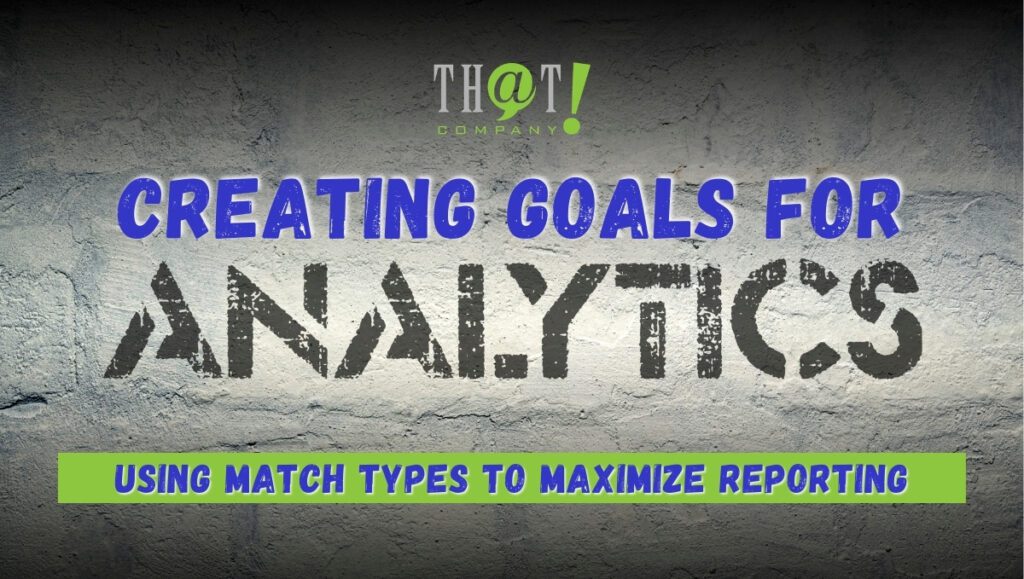

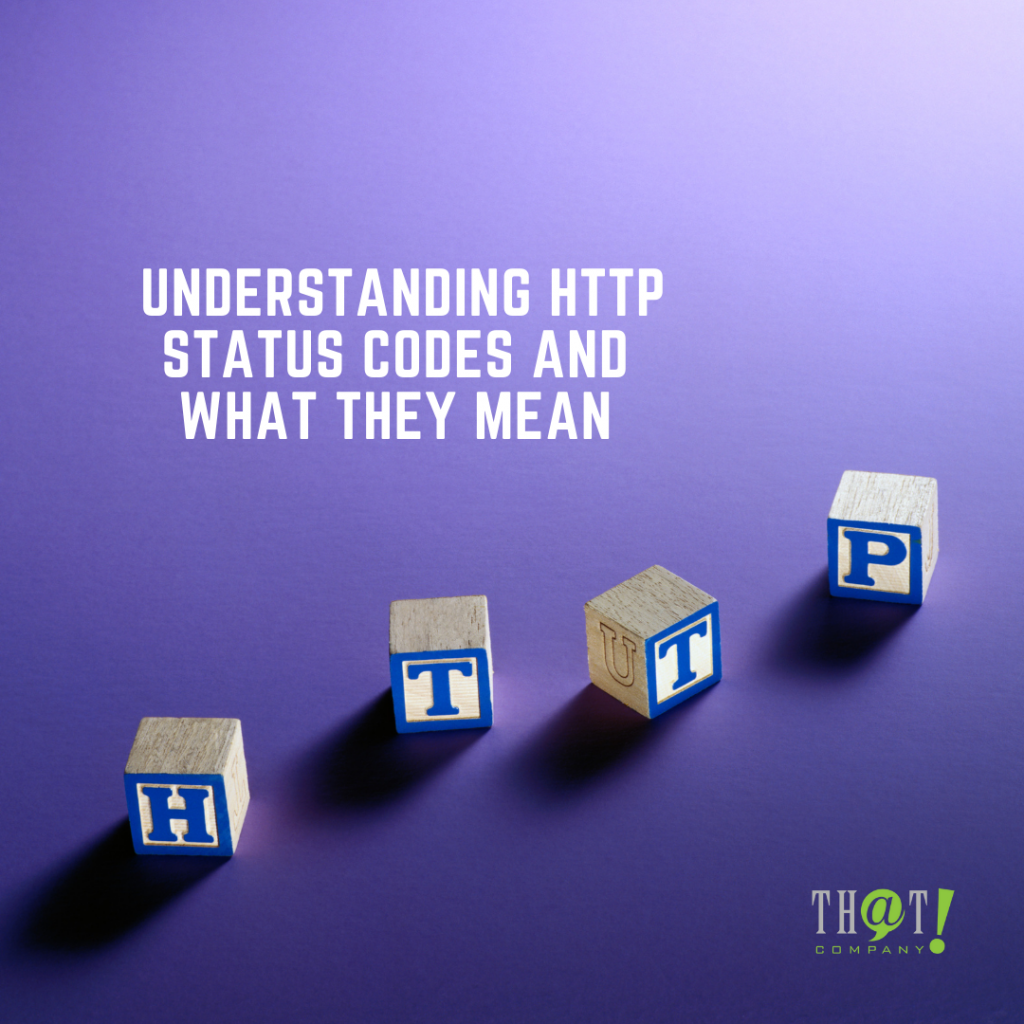

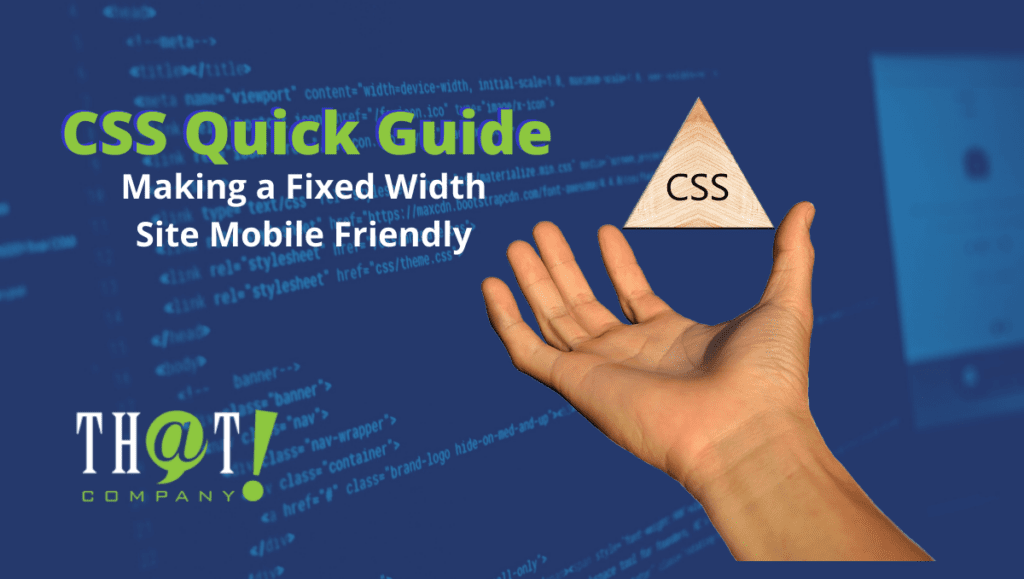



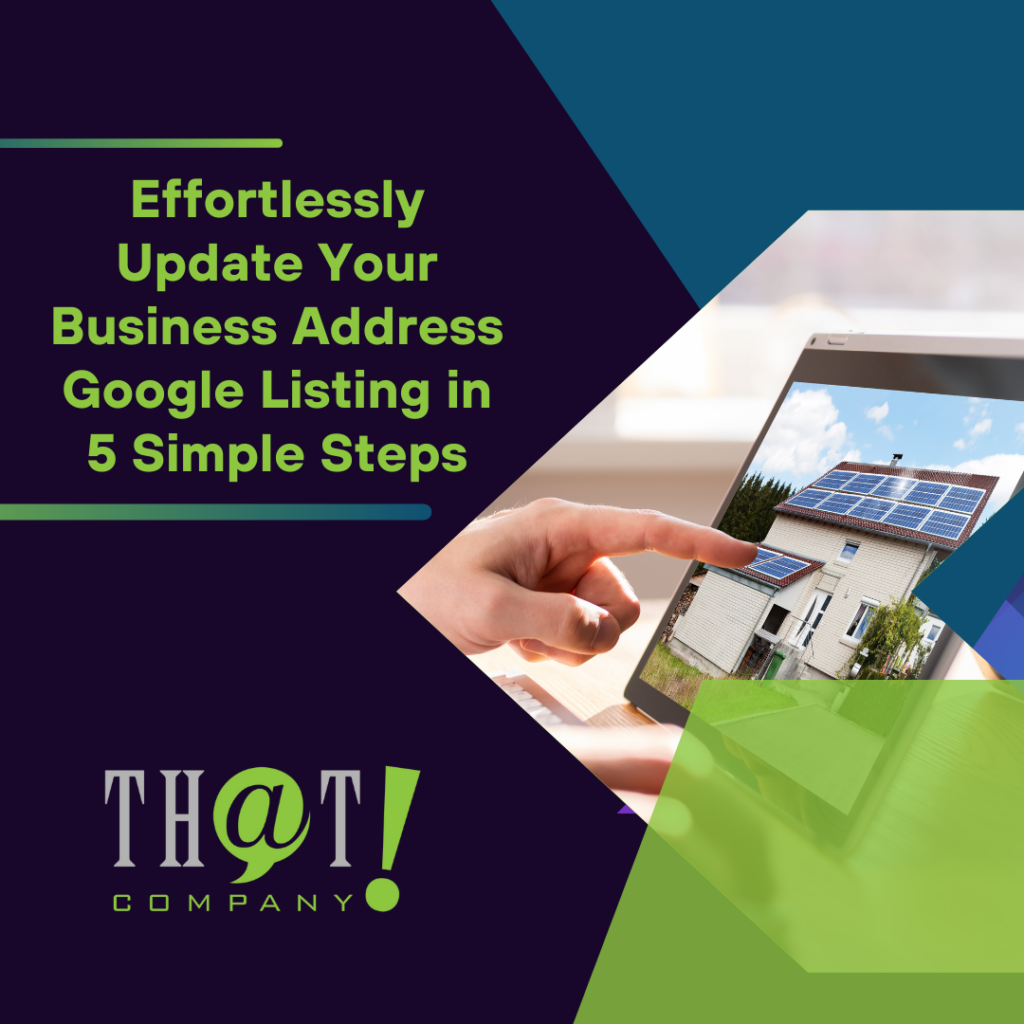

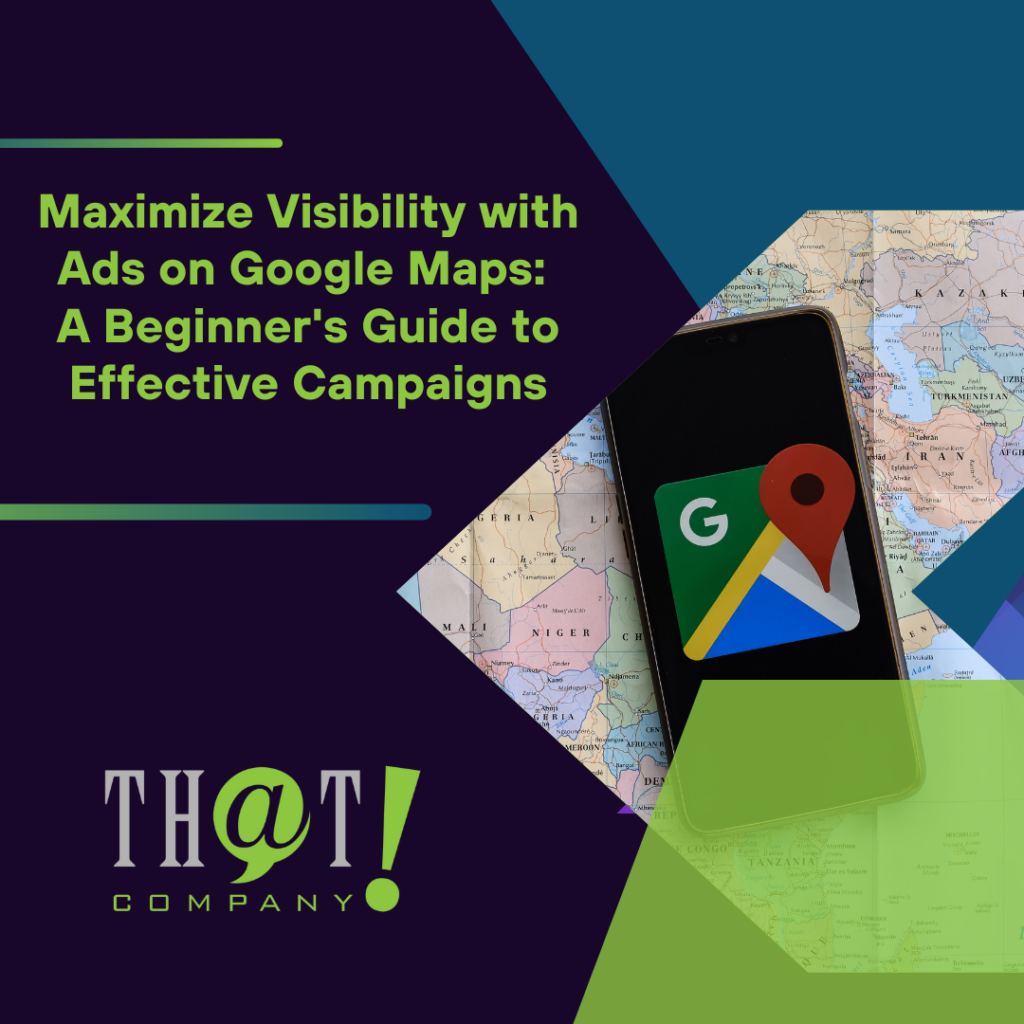
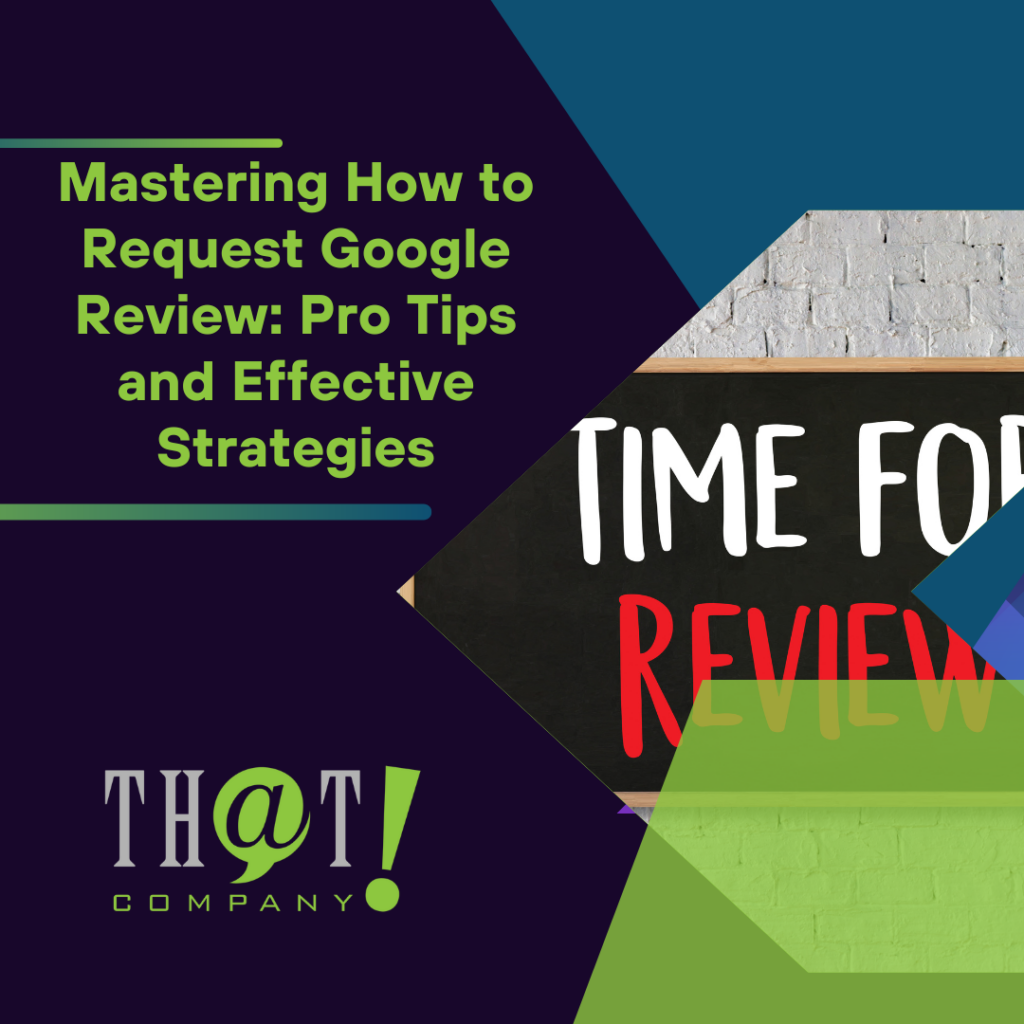

 Talk With Us
Talk With Us  Give Some Love
Give Some Love 


